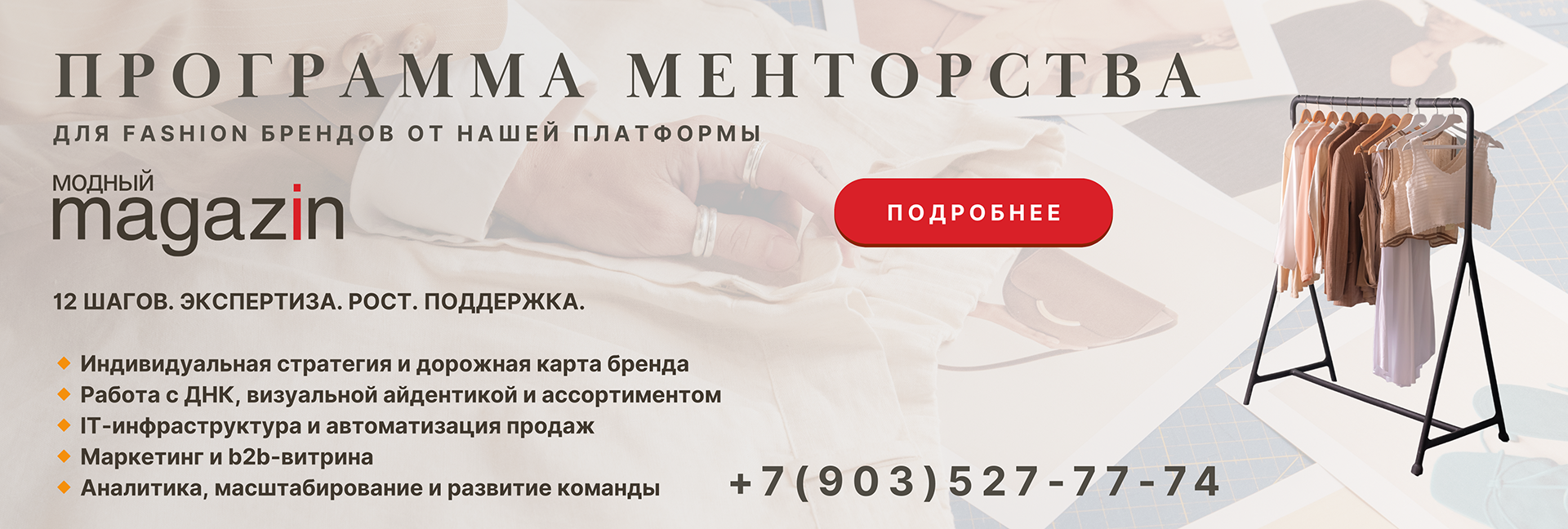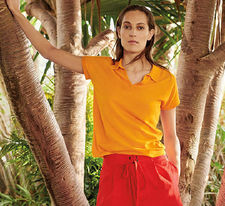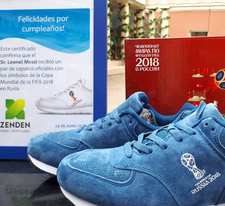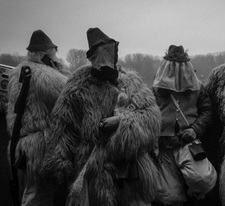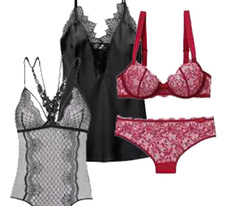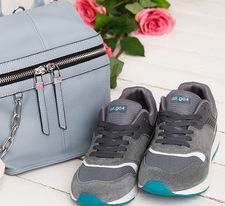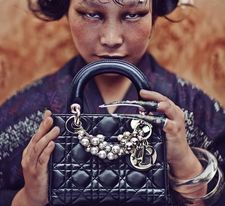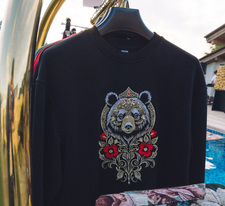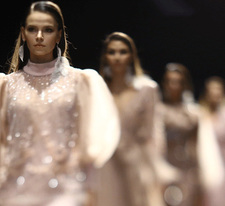Transfer of production to Russia: to sew or not to sew?
State support
According to Fashion Consulting Group, the level of depreciation of the fixed assets of sewing enterprises reaches 80-85%. Light industry needs modern, improved equipment, in other words, the development of innovations in the field of mechanical engineering. Consequently, there is an increasing need for research, in the development of such areas as machine tool construction, mechanical engineering and nanotechnology. By itself, the creation of nanomaterials without their subsequent application does not make sense.
In the conditions of moral and physical aging of the main production assets of a significant part of enterprises, injections from the state budget become a necessary condition for maintaining existing capacities and developing promising and competitive industries. The profit received from enterprises using worn-out and obsolete equipment cannot be stable, which means that tax payments from such enterprises will be appropriate. That is why, in a number of anti-crisis measures to support textile and light industry enterprises, the Government of the Russian Federation provides subsidies from the federal budget to reimburse part of the costs of paying interest on loans received from Russian credit institutions. This measure is certainly useful and, like any indirect support, effective. It can be assumed that light industry and the banking sector are supported in this way at the same time, and this is done on understandable and rational terms.
In 2014, 1.7 billion rubles were allocated from the federal budget to support light industry, and at the beginning of 2015, the Ministry of Industry and Trade even announced anti-crisis measures to prevent the closure of enterprises. Among them are concessional lending and increased subsidies. In total, in 2015, the government spent 1.5 billion rubles on the development of the industry.
By order of the Government of the Russian Federation dated January 26, 2016, the next measures to support the industry were approved. Among them is the provision of subsidies in the amount of 0.6 billion rubles from the federal budget to Russian organizations until June 2016 to compensate for part of the costs of producing school uniforms for primary school students from Russian worsted fabrics. Thus, the state intends to motivate sewing enterprises to purchase domestic worsted fabrics (the expected growth in worsted fabric production will be 2 million meters per year). Another 0.8 billion was allocated to reimburse part of the cost of paying off loans.
But despite these measures, the Russian light industry provides only about 25% of the domestic market, the remaining 75% come from outside.
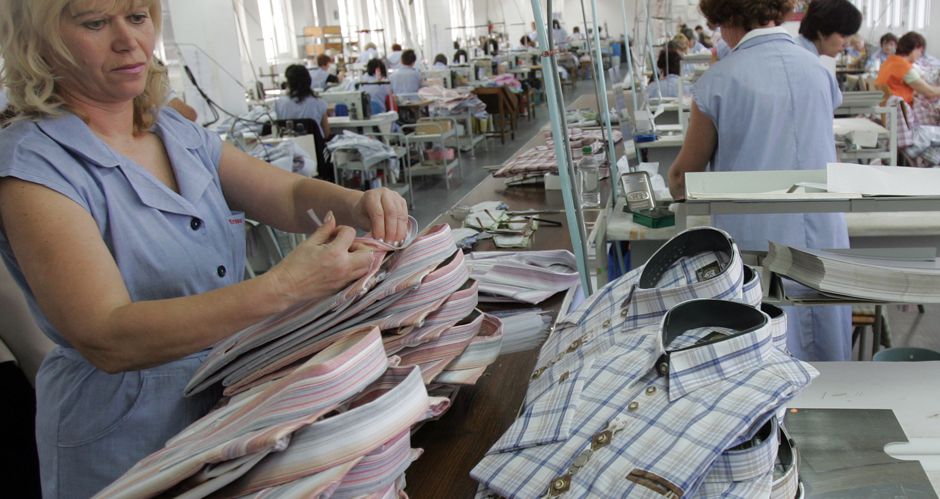
Who sews what?
Turning to specifics, we will list the largest manufacturing enterprises that sew clothes under their own brands, and are also able to take on orders for sewing ready-made clothes on outsourcing.
The main directions in the sewing industry of Russia are the manufacture of coats and half-coats, jackets, suits, dresses and sundresses, trousers and shorts, as well as tailoring of workwear.
The largest companies producing coats and half-coats in Russia: JSC "Mayak" (Nizhny Novgorod region), LLC "Sinar" (Novosibirsk region), CJSC "Baltic Line" (Kaliningrad region), CJSC "Elegant".
Jackets are produced here: LLC "Vitekskoye" (Moscow region), LLC "Ariadna-96" (Rostov region), JSC "Kukmor Sewing Factory" (Tatarstan).
The largest manufacturers of suits: JSC Pskov sewing factory "Slavyanka", JSC "Sir" (Vladimir region), JSC "Elegant" (Ulyanovsk region), JSC "Peplos" (Chelyabinsk region).
Dresses and sundresses: CJSC PKF Elegant (Rostov region), CJSC Vyaznikovskaya Garment Factory (Vladimir region), LLC KP Manufactory (Moscow region).
Separately, I would like to highlight the corporation "Gloria Jeans" located in the Rostov region. This well-known company is currently the largest manufacturer of dresses, sundresses, trousers, shorts and jackets in Russia. "Gloria Jeans" plans to increase its own production in Russia. And they are not alone.
Background of the issue
Initially, no name products or counterfeit products of well-known brands were not sewn in China, but purchased and brought to Russia. This happened in the "wild" nineties. Then such collections began to be "branded", that is, to register brands and label products with their own trademarks. In the 2000s, there was a rapid growth in the field of retail real estate, that is, the active construction of a shopping center began and the first retail chains with such branded goods started. At the same time, wholesale sales began to gradually switch to the franchising format: distributors not only purchased goods, but also received the right to use the brand sign on the store. From that moment on, companies began not only to purchase and brand goods, but also to develop collections themselves, make orders at the production site where they previously purchased ready-made clothes, and then switch to other factories, as they develop, selecting optimal productions for the tasks of their brand, for their assortment.
Author: Svetlana Michan
Photo: Shutterstock.com
